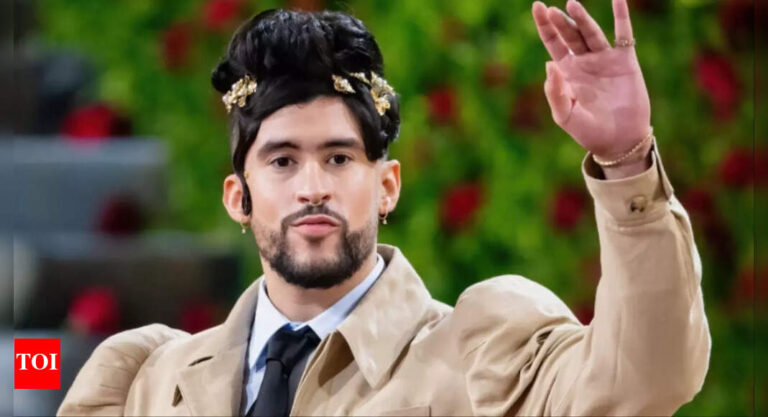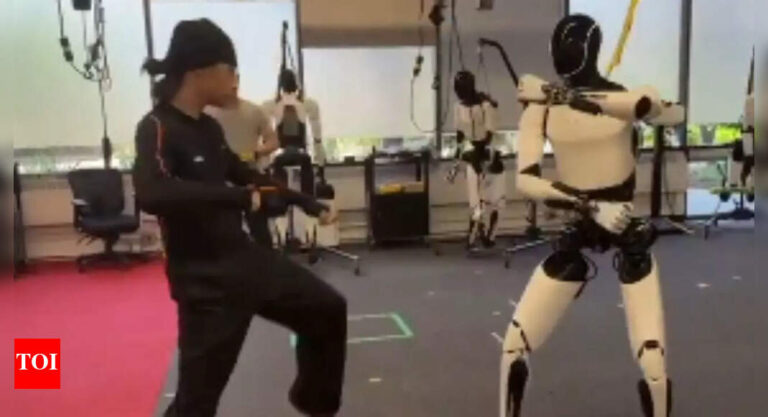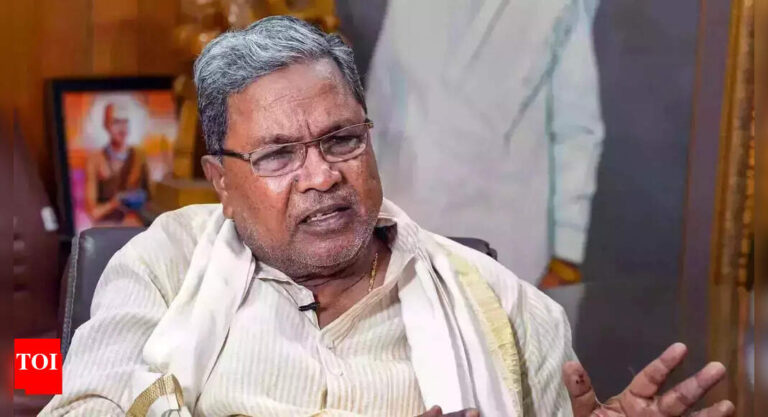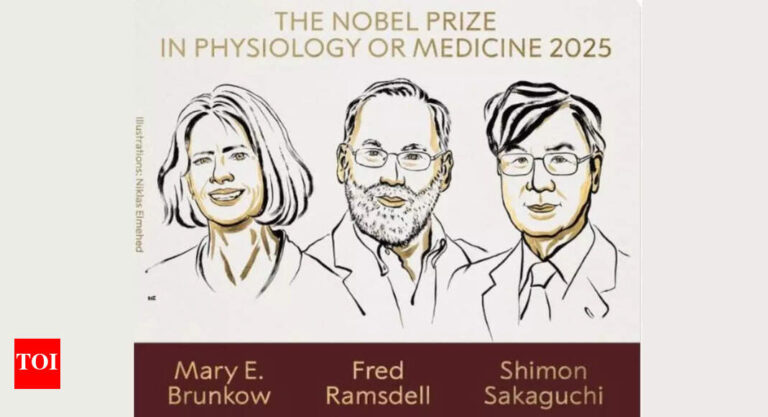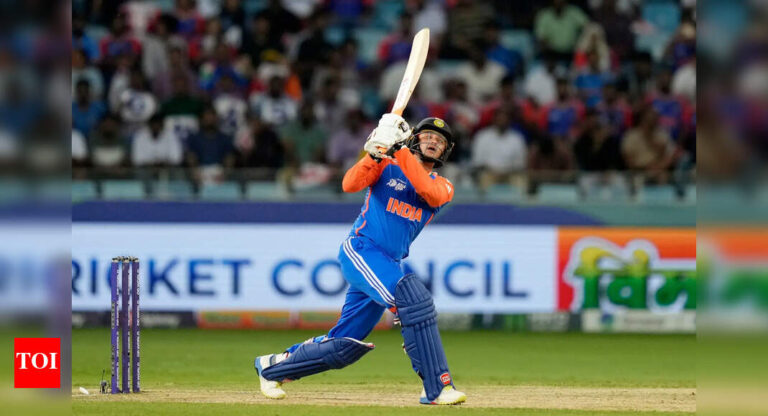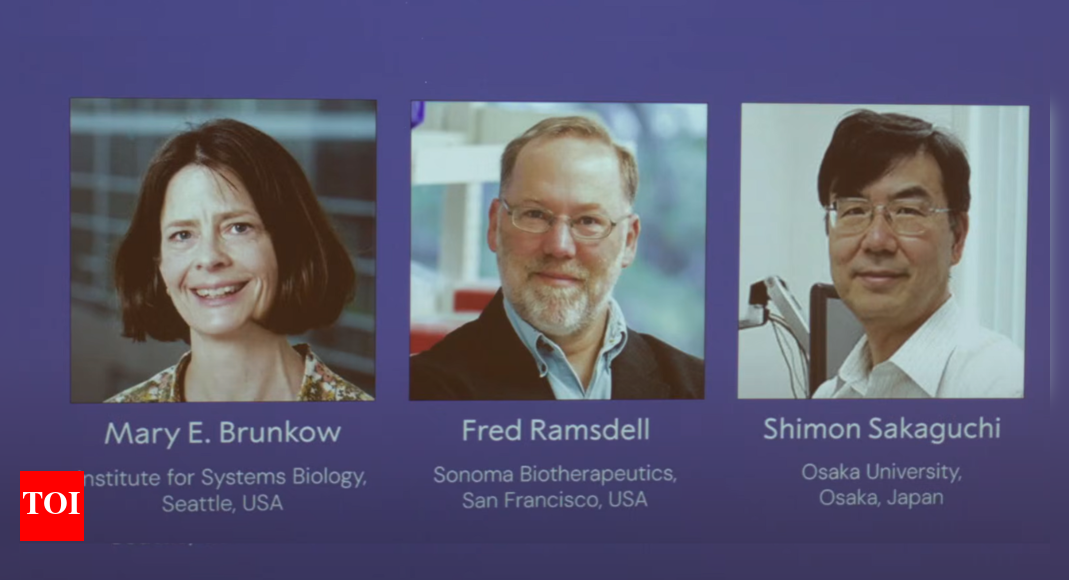
The 2025 Nobel Prize in Physiology or Medicine has been awarded to Mary E. Brunkow, Fred Ramsdell, and Shimon Sakaguchi for their groundbreaking discoveries on peripheral immune tolerance, a mechanism that prevents the body’s immune system from attacking its own cells.Announced on Monday by Sweden’s Karolinska Institute, the award recognises decades of research that deepened understanding of autoimmune diseases and paved the way for new treatments in immunology and cancer therapy.
Nobel Prize week schedule
The Nobel Prizes—considered the world’s most prestigious scientific and cultural awards—will be announced across various disciplines throughout the week:
- Physics: Tuesday, October 7, 11:45 CEST (earliest)
- Chemistry: Wednesday, October 8, 11:45 CEST (earliest)
- Literature: Thursday, October 9, 13:00 CEST (earliest)
- Peace: Friday, October 10, 11:00 CEST
- Economic Sciences: Monday, October 13, 11:45 CEST (earliest)
All about the Nobel prize in physiology/medicine
Alfred Nobel had an active interest in medical research and the Physiology/Medicine award was the third prize area the inventor mentioned in his will.A total of 114 Nobel Prizes in Physiology or Medicine have been awarded since 1901; over 227 individuals have received the award between 1901-2023. Of the 227 individuals awarded the Nobel Prize in Physiology or Medicine, 13 are women.The prize was not awarded on nine occasions: in 1915, 1916, 1917, 1918, 1921, 1925, 1940, 1941 and 1942During World War I and II, fewer Nobel Prizes were awarded.The youngest recipient of the prize was 31-year old Frederick G. Banting in 1923. He was recognised for the discovery of insulin.The oldest recipient was 87-year-old Peyton Rous in 1966 for his discovery of tumour-inducing viruses.No one has been awarded the Nobel Prize in Physiology or Medicine more than once.India-born Har Gobind Khorana shared the Nobel Prize in Physiology or Medicine with Robert Holley and Marshall W. Nirenberg in 1968 for his role in deciphering genetic code. The Nobel Prize medal in physiology and medicine was designed by Swedish sculptor and engraver Erik Lindberg and represents the Genius of Medicine holding an open book in her lap, collecting the water pouring out from a rock in order to quench a sick girl’s thirst.Earlier in 2024 Nobel prize in Physiology/Medicine was awarded to Victor Ambros and Gary Ruvkun for the discovery of microRNA and its role in post-transcriptional gene regulation.Victor Ambros and Gary Ruvkun’s groundbreaking discovery revealed a completely new principle of gene regulation that turned out to be essential for multicellular organisms, including humans.


